Key Takeaways
- Moths primarily feed through their larvae, not the adults, which damage fabrics, food, and plants.
- Clothes moth larvae consume keratin-rich natural fibers like wool, silk, and fur, especially those with sweat or food stains.
- Pantry moths target grains, dried fruits, and nuts, while garden moths feed on leaves, nectar, and fruits.
- Prevention methods include proper storage, using repellents, and regular cleaning.
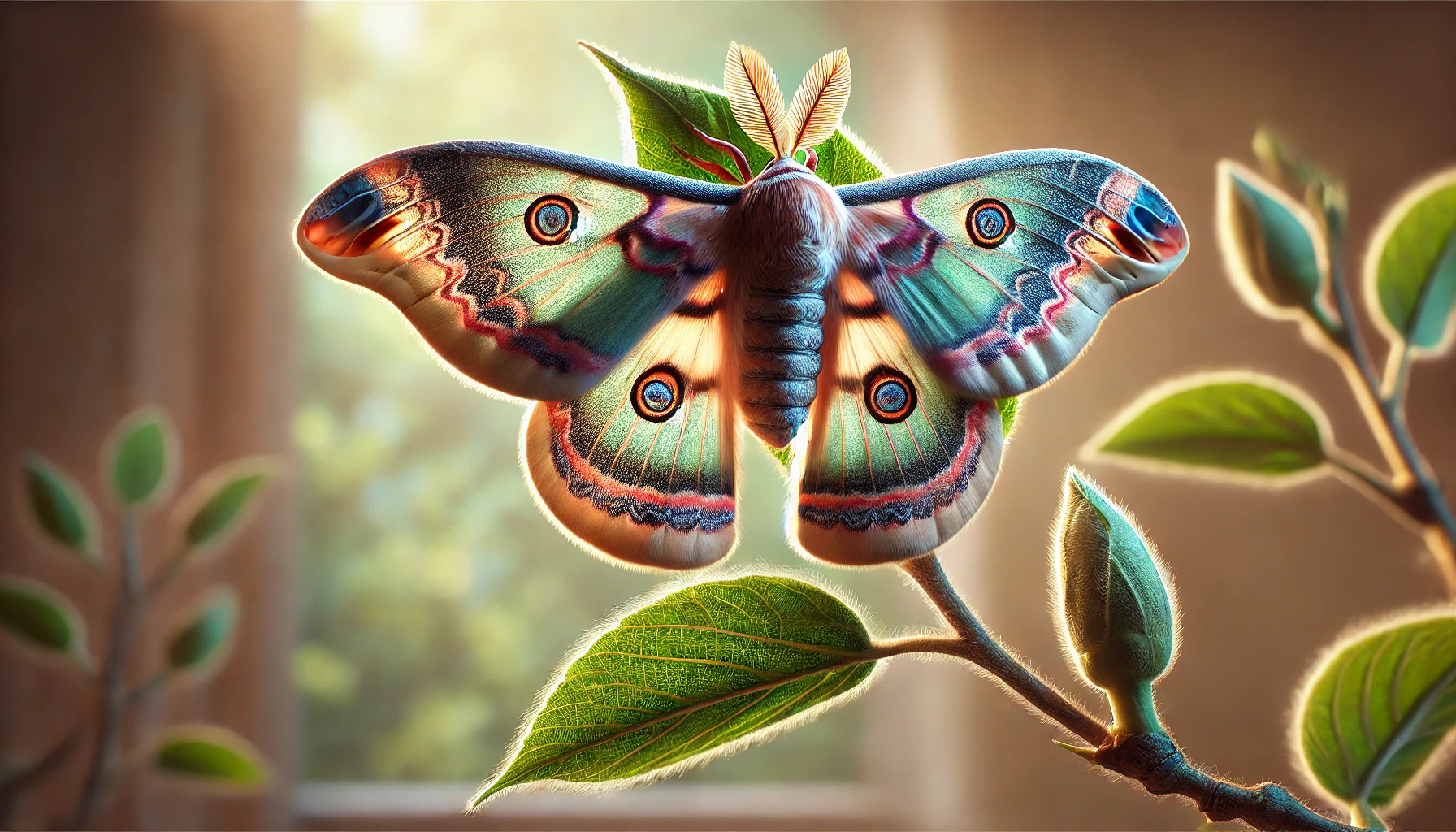 Moths may seem harmless, but what a tiny moth eats can cause serious damage to homes, clothes, and stored food. While adult moths of some species don’t eat, their larvae are active feeders. Plant-eating moths consume leaves, flowers, and roots, while clothes moths eat natural fabrics like wool, silk, and cotton. Carpet moths feed on wool and some synthetic fibers, and pantry moths infest grains, pasta, dried fruits, and baked goods.
Understanding what a moth eats is key to preventing infestations. If you’re curious about how do moths eat or how do moths eat clothes, this guide will answer all your questions. Let’s explore the eating habits of moths, why they target certain materials, and how to identify their presence in your home.
Moths may seem harmless, but what a tiny moth eats can cause serious damage to homes, clothes, and stored food. While adult moths of some species don’t eat, their larvae are active feeders. Plant-eating moths consume leaves, flowers, and roots, while clothes moths eat natural fabrics like wool, silk, and cotton. Carpet moths feed on wool and some synthetic fibers, and pantry moths infest grains, pasta, dried fruits, and baked goods.
Understanding what a moth eats is key to preventing infestations. If you’re curious about how do moths eat or how do moths eat clothes, this guide will answer all your questions. Let’s explore the eating habits of moths, why they target certain materials, and how to identify their presence in your home.
What Are Moths?
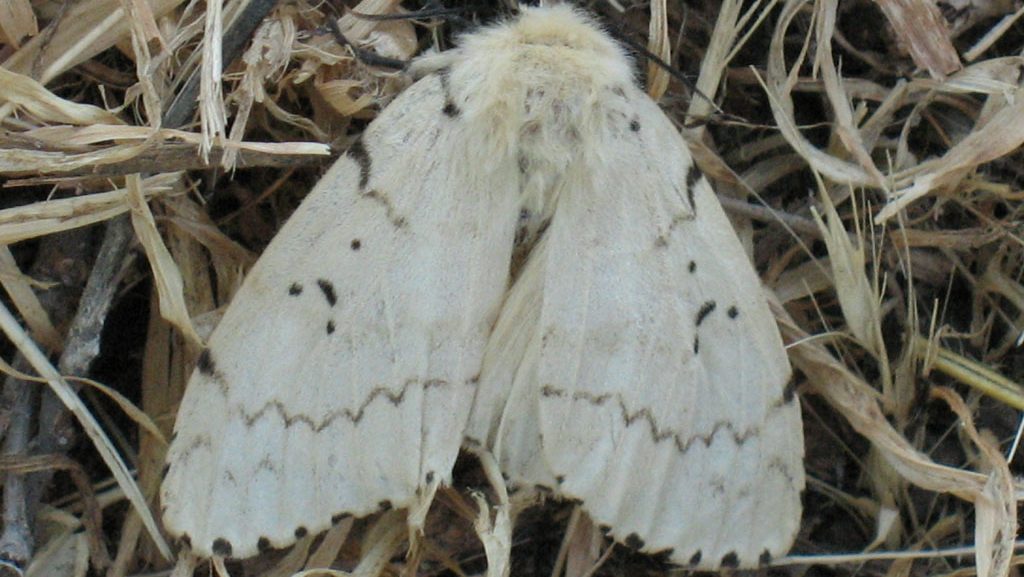

Not getting a solution?
Get your free pest control estimate today!What Do Moths Eat?
Each moth species eats a different variety of food. Let’s take a look at each species and kind of food they eat: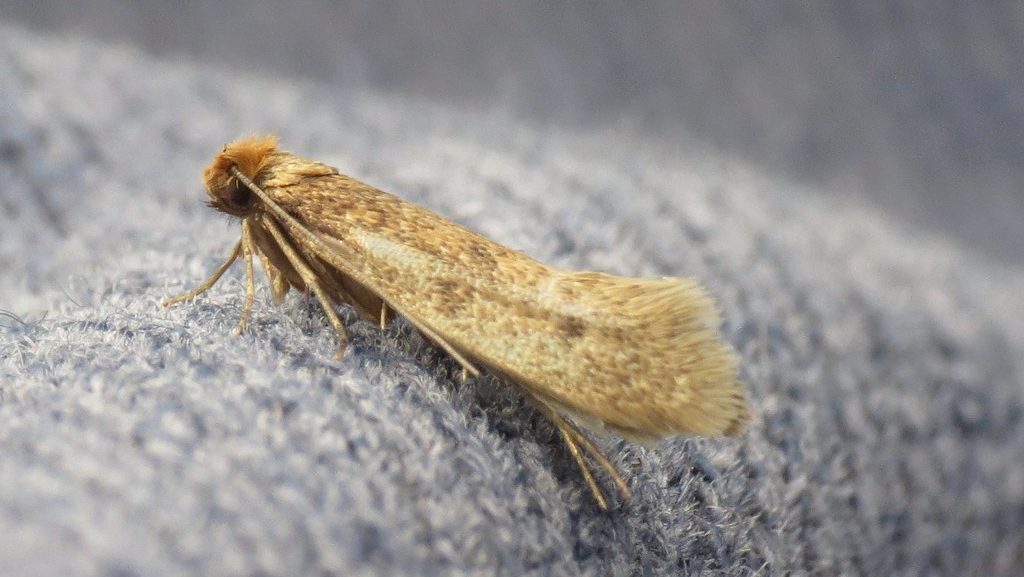
Clothes Moths
Natural fibers like wool, silk, fur, and feathers.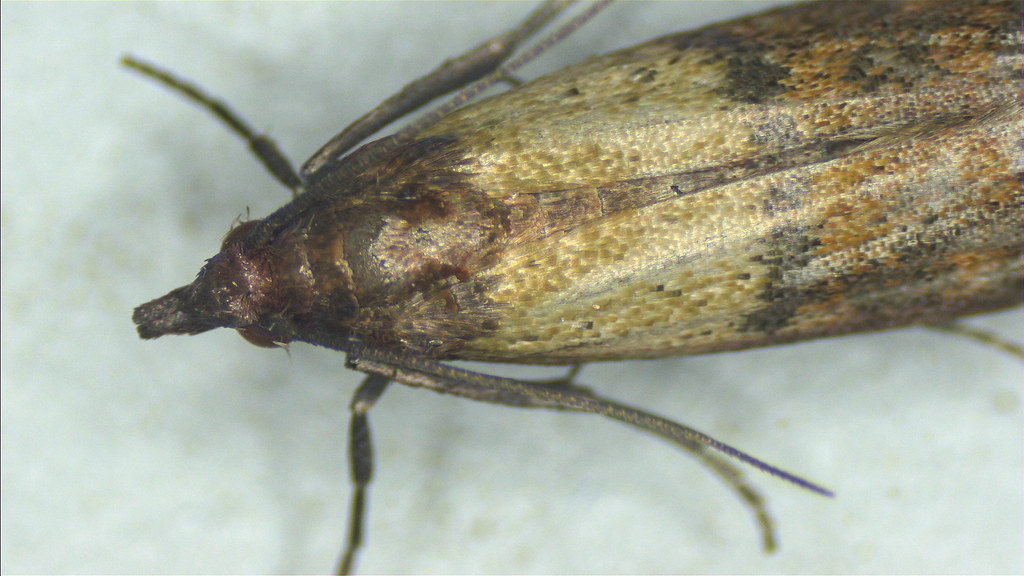
Pantry Moths
Stored foods such as grains, nuts, and dried fruits.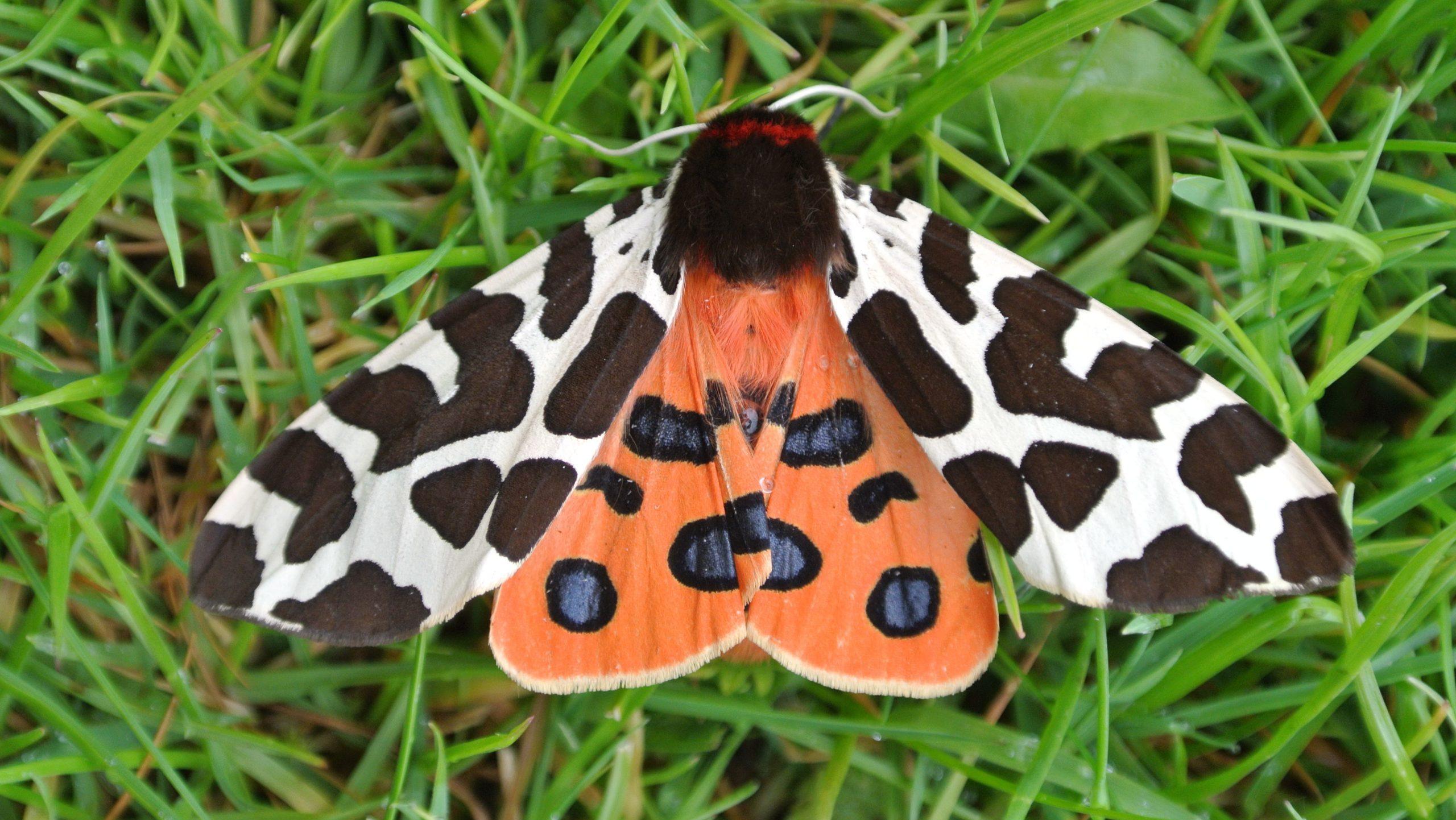
Garden Moths
Plant leaves, nectar, pollen, and fruits.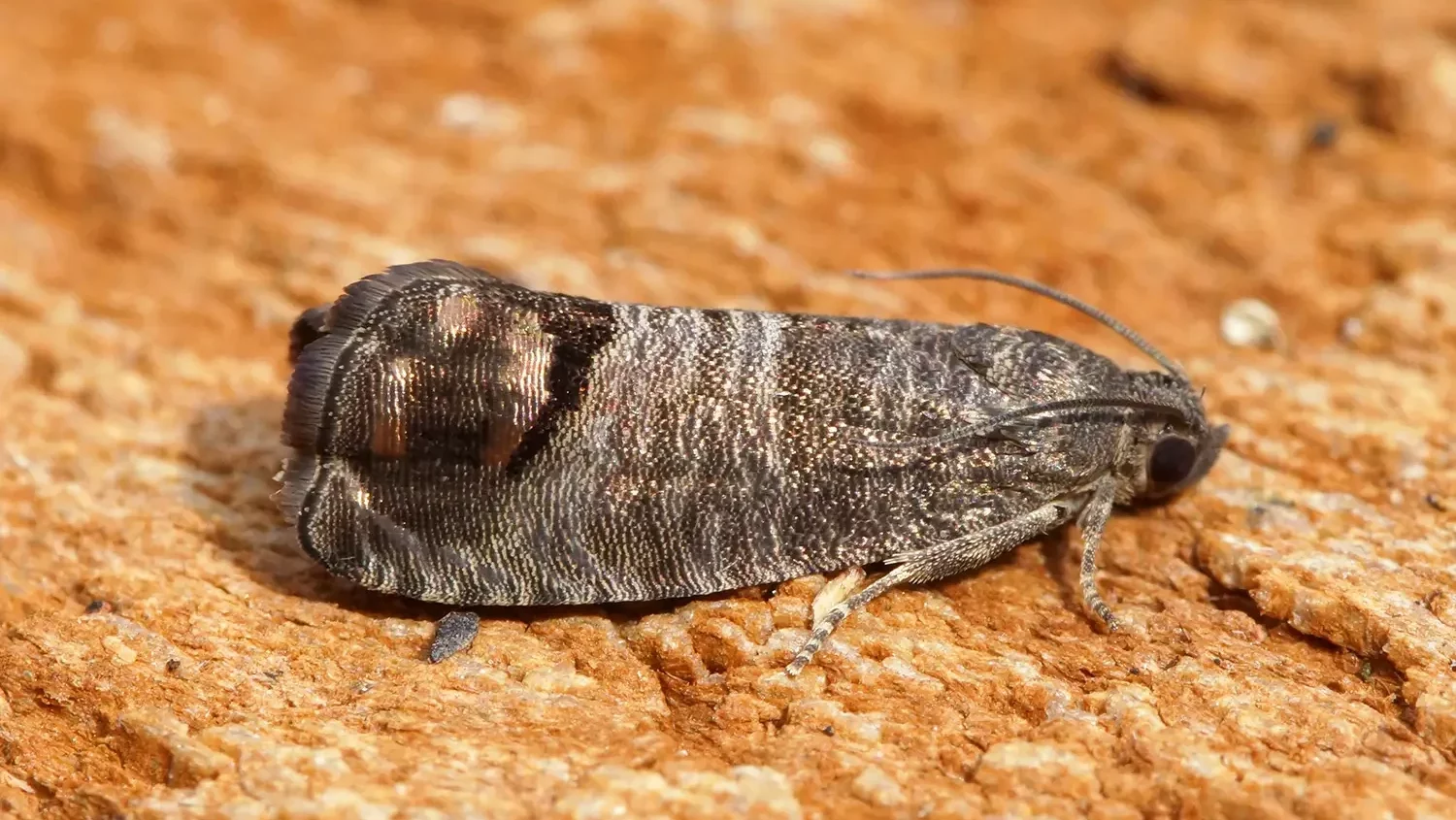
Codling Moths
Fruits like apples, pears, and walnuts.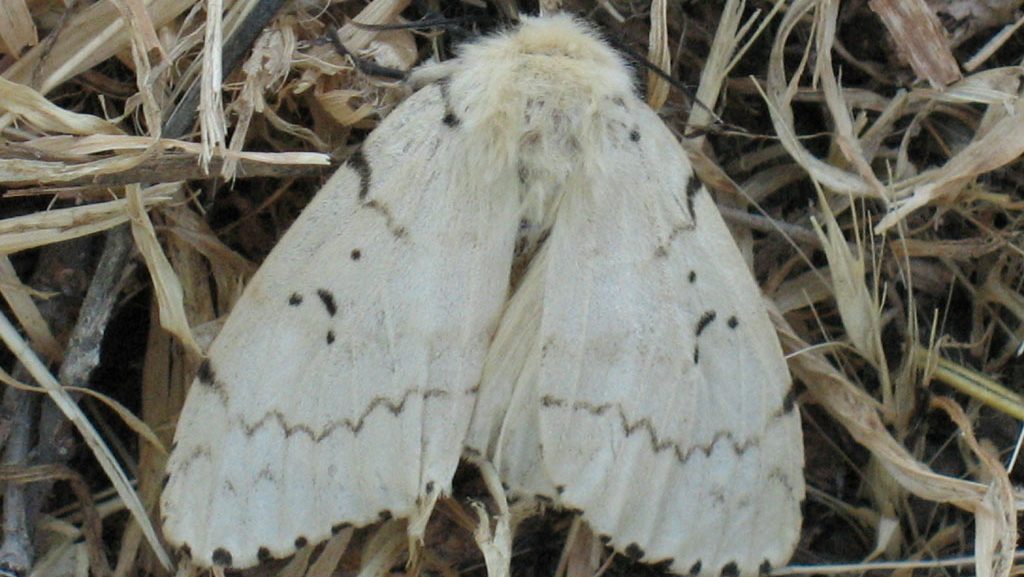
Gypsy Moths
Hardwood leaves including oak, birch, and aspen.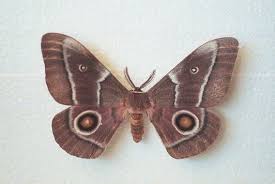
Adult Moths
Nectar from flowers (if they have functional mouthparts).Why Do Moths Eat Clothes?
When it comes to why moths eat clothes, it’s actually the larvae, not the adult moths. Moth larvae feed on natural fibers like wool, silk, fur, and leather because these materials contain keratin, a protein essential for their growth and development. Unlike synthetic fabrics, natural fibers provide the nutrients larvae need to grow and transform into adult moths. Clothes that are dirty or have sweat, food stains, or body oils are even more appealing to moth larvae, as these residues provide additional nutrients. Clothes stored in dark, undisturbed places like closets, drawers, and attics are also at higher risk, as larvae prefer hidden, quiet areas to feed. If you are seeing small holes in your cloths, there is huge possibility that moth infested your wardrobe. You should check our Moths control and moth diy guide to understand and tackle moth infestation.Common Targets for Clothes Moths
 Moth larvae target clothes rich in keratin, like wool sweaters, especially when stored for long periods. Silk scarves attract larvae due to their natural protein fibers, while fur coats are vulnerable as larvae feed on both the fur and lining.
Though pure cotton is safe, cotton blends with wool or silk become targets due to the presence of keratin-rich fibers. Proper storage and protection are essential to prevent infestations.
If you frequently spot clothes eaten by moths, it is advised to contact pest control professionals. Our team can provide a customized approach to protect your home effectively.
Moth larvae target clothes rich in keratin, like wool sweaters, especially when stored for long periods. Silk scarves attract larvae due to their natural protein fibers, while fur coats are vulnerable as larvae feed on both the fur and lining.
Though pure cotton is safe, cotton blends with wool or silk become targets due to the presence of keratin-rich fibers. Proper storage and protection are essential to prevent infestations.
If you frequently spot clothes eaten by moths, it is advised to contact pest control professionals. Our team can provide a customized approach to protect your home effectively.
How to Identify a Moth Infestation?
- Detecting a moth infestation early can save your belongings. Here’s what to look for:
-
Small Holes in Clothing: Look for small, irregular holes in wool, silk, or other natural fabrics caused by larvae feeding.
-
Webbing or Cocoons: Spot webbing or tiny cocoons in dark, undisturbed areas like closets or drawers.
-
Larvae on Fabrics: Find tiny, worm-like larvae on clothing, upholstery, or carpets.
-
Tiny Moths Flying Around Food: Notice small moths hovering near your pantry or food storage areas.
-
Webbing in Food Containers: Discover silk-like webbing inside containers of grains, cereals, or nuts.
-
Larvae in Stored Foods: Identify larvae directly in grains, nuts, or cereals, often as clumps or clusters.
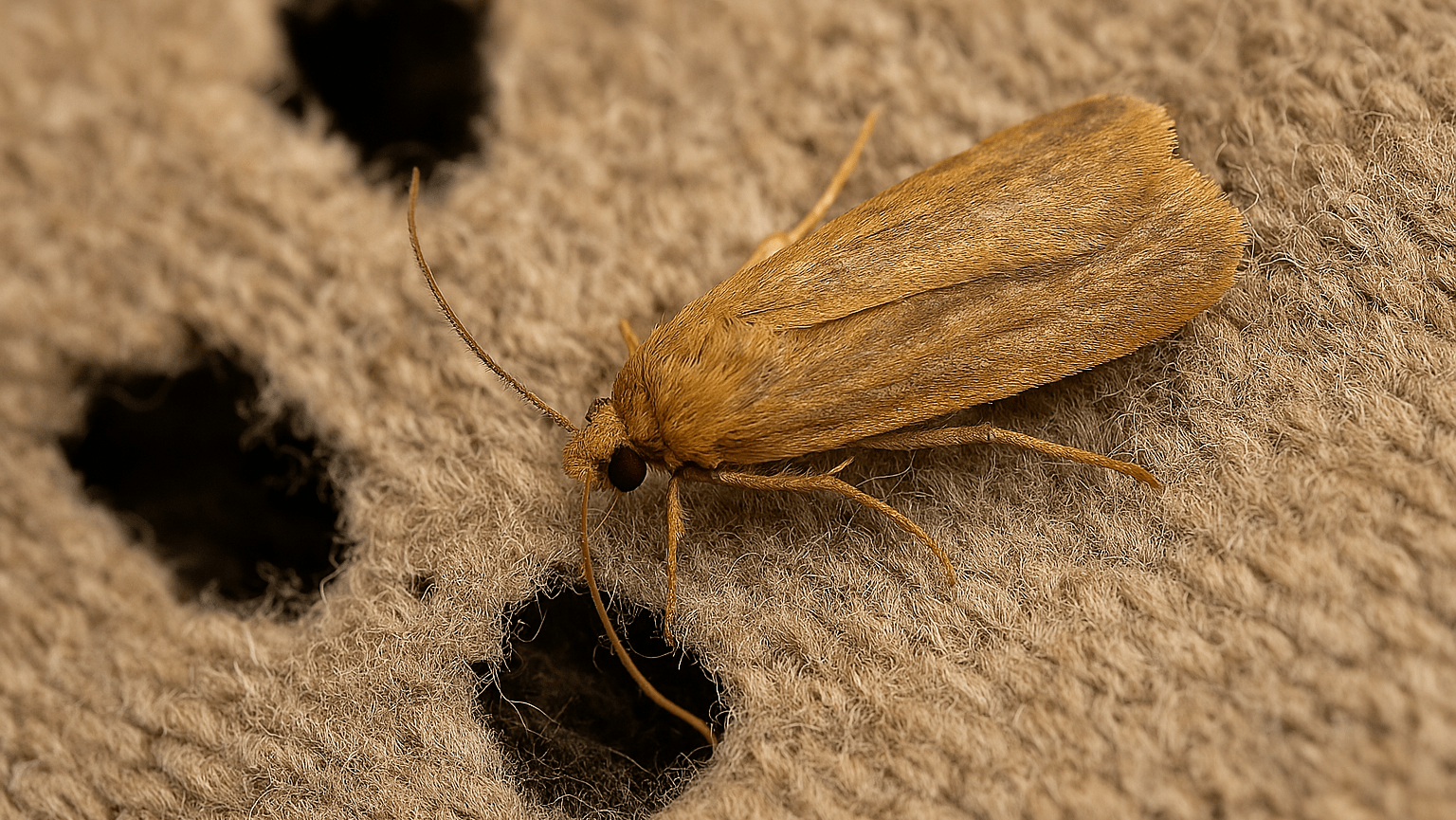
How Do Moths Eat?
Unlike many other insects, most adult moths do not have functional mouthparts to chew or bite. Instead, the responsibility for feeding lies with moth larvae. These larvae emerge from eggs laid by adult moths and become active feeders, consuming whatever is necessary to sustain their growth and prepare for the next stage of their life cycle. While adult moths focus on reproduction, larvae actively seek out food sources, causing damage to fabrics, carpets, and stored food items. These larvae have strong, sharp mouthparts that allow them to chew through various materials, especially natural fibers like wool, silk, and fur.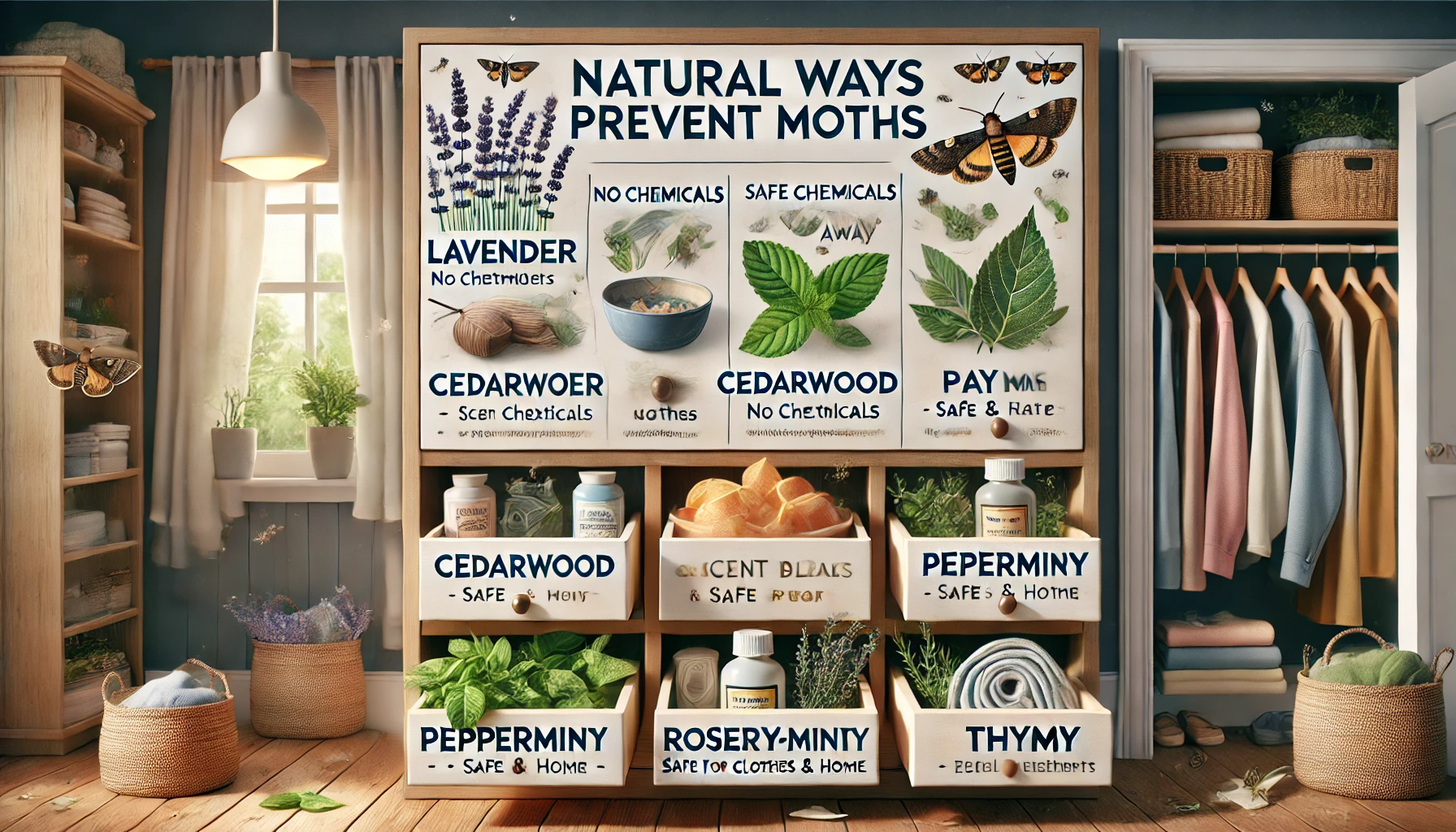
Methods to Prevent Moth Infestation
1. Store Clothes in Airtight Containers
- One of the most effective ways to prevent moths from infesting your clothes is to store them in airtight containers. Moths are attracted to natural fibers like wool, silk, and cotton, where they lay their eggs. Once the larvae hatch, they feed on the fibers, causing significant damage.
-
Protection from Moth Eggs: Airtight containers prevent adult moths from accessing your clothes, stopping them from laying eggs and keeping larvae from feeding on the fabric.
-
Ideal Storage Materials: Use high-quality plastic bins or vacuum-seal bags to protect clothes from moths, moisture, dust, and dirt. Clear bins allow for easy identification of contents without opening them.
-
Long-Term Storage Solution: Airtight containers are perfect for seasonal or delicate items. Fold clothes neatly and store them securely for long-term protection against moths.
Here’s why airtight containers are a game-changer:
2. Use Cedar or Lavender Repellents
- Moths, particularly the destructive clothes moth, are repelled by certain natural scents. Two popular options—cedar and lavender—have long been used to deter moths from infesting closets and drawers.
-
How Cedar Works: Cedarwood emits a strong, natural scent that moths dislike. The oils in cedar are toxic to moth larvae, preventing them from feeding on fabrics.
-
Effective Use: Place cedar blocks, balls, or chips in closets, drawers, and storage bins. Cedar hanger rings are also great for hanging clothing.
-
Long-Lasting Effect: Cedar can last for months and can be refreshed by lightly sanding the wood to revive the scent.
Lavender Repellents
-
How Lavender Works: Lavender’s strong floral fragrance repels moths, who find the scent unpleasant.
-
How to Use Lavender: Use dried lavender sachets or essential oils in storage areas, closets, or drawers. Lavender bags can also be hung on hangers or placed in drawers.
-
Additional Benefits: Lavender not only repels moths but also gives your clothing a fresh, pleasant scent, offering a natural alternative to chemical repellents.
Let’s break down why these repellents work and how to use them
Cedar Repellents
3. Clean Clothes Before Storage
- One of the biggest mistakes people make is storing clothes without cleaning them first. Moths are particularly attracted to clothes that are dirty or have food stains, body oils, or perspiration. These substances provide nourishment for moth larvae, increasing the likelihood of an infestation.
-
Remove Food and Oil Stains: Moths are attracted to clothes with food, sweat, or body oils. Wash clothes thoroughly, especially those that have been worn, before storing them.
-
Wash or Dry Clean Delicates: For delicate fabrics like wool or silk, follow the care instructions, including dry cleaning when necessary. Freshly laundered clothes are less likely to attract moths.
-
Freshen Up with Scent: Use moth-repellent detergents or fabric softeners infused with essential oils like lavender or cedarwood to further protect your clothes from moths.
Here’s why cleaning before storage is essential:
4. Vacuum Storage Areas Regularly
- Moths don’t just target your clothes—they also infest the areas where your clothes are stored. This includes closets, drawers, attics, basements, and any other space where clothes are kept. Regularly vacuuming these areas helps remove moth eggs, larvae, and other debris that could potentially hatch into a full-blown infestation.
-
Prevent Egg and Larvae Buildup: Moths lay their eggs in hidden spots like crevices and folds in fabrics. Regular vacuuming removes these eggs before they hatch.
-
Access Hard-to-Reach Areas: Vacuum under furniture, along baseboards, and in closet corners—prime spots for moth eggs and larvae to hide.
-
Use a Vacuum with a HEPA Filter: A vacuum with a HEPA filter traps even the smallest particles, ensuring eggs and larvae are effectively removed without recirculating them into your home’s air.
Here’s how vacuuming helps:
5. Check Stored Garments for Moth Activity
- Even with the best prevention methods, it’s still important to periodically check stored garments for signs of moth activity. Moths can slip through cracks in your defenses, so keeping an eye out for early signs of infestation is essential.
-
Look for Holes or Irregularities: Moths often leave tiny holes in fabrics. If you spot any damage, it’s time to inspect your clothes more closely.
-
Check for Larvae or Moth Eggs: Moth eggs are small and hard to see, but larvae and silk webbing are more visible. These signs usually appear in frequently used areas.
-
Inspect Closets and Drawers: Regularly open storage containers and inspect clothing, especially if they’ve been stored for a long time. Moths prefer dark, undisturbed areas for nesting.
Here’s how to spot moths early:
Myths and Facts
Here are a few myths and facts about Moths:| Myth | Fact |
|---|---|
| Moths eat clothes. | Only larvae eat clothes, not adult moths. |
| Moths eat all types of fabric. | Moth larvae prefer natural fibers like wool and silk. |
| Adult moths have mouthparts. | Most adult moths can’t eat as they lack functional mouthparts. |
| Moths live for months. | Adult moths live for days to weeks, but larvae live longer. |
| Moths eat synthetic fabrics. | Moth larvae do not feed on synthetic fibers alone. |





